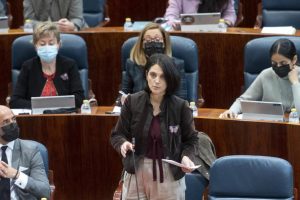Eurozone inflation registers its first drop in the last year. In the month of November it stood at 10% compared to 10.6% in October. Although it represents an almost symbolic decrease, it is a first breath since the start of the price escalation. Even so, this fall does not allow the common currency to leave the double-digit threshold yet.
According to preliminary data from Eurostat, Spain is positioned as the member of the Eurozone with the lowest inflation in the harmonized rate with a price increase of 6.6% in the last year, surpassing France, a country whose inflation was the lowest so far, registering 7.1% in November.
Then there are Malta (7.2%), Luxembourg (7.3%), Cyprus (8.3%) and Ireland, Greece and Finland (all three with 9%).
Above double digits remain Portugal (10.3%), Belgium (10.5%), Slovenia (10.8%), Austria (11.1%), the Netherlands (11.2%), Germany (11.3%), Italy (12.5%) and Slovakia (15.1%).
Eurostat indicates that energy continues to be the main inflationary vector in the Eurozone, with growth in November close to 35%. Processed foods, alcohol and tobacco also continue to increase their inflation, with an increase of 13.6%, which is more than one point higher than the 12.4% registered in October. The increase in the price of unprocessed food, on the other hand, fell to 13.8% compared to 15.5% the previous month.
This Monday, the president of the European Central Bank, Christine Lagarde, assured that inflation in the euro area has not yet peaked and anticipated further increases in interest rates.








